
We all know the feeling. You’ve set your new year’s resolutions. You’re super motivated to start your journey, whether it be towards fitness goals, learning a new skill, finally writing that book, or something else close to your heart.
But it’s now mid-January. Life has started taking over again: work gets in the way, that huge snowstorm is making it really hard to get to the gym, and your motivation is waning. You skip one day, then another, and all of a sudden you’re no longer on track to meet your goals.
It can be super tough to stay motivated in the face of so many “good” excuses. But often the simplest of tricks are the most effective to get started and keep it going! Today we’re going to look at one in particular:
Don’t Break the Chain.
You may have heard of this technique before. First published in Lifehacker, as told by programmer and aspiring comedian, Brad Isaac, this technique was recommended by Jerry Seinfeld as a way to improve his joke writing skills.
His secret? Set up a calendar somewhere visible. Every time you complete the thing you want to do each day (in his case, writing jokes), cross that day off with a big red marker.
“After a few days you’ll have a chain. Just keep at it and the chain will grow longer every day. You’ll like seeing that chain, especially when you get a few weeks under your belt. Your only job next is to not break the chain.”
“Don’t break the chain.”

Why Does it Work So Well?
It works so well because of the compound effect of habit. You may have heard that it takes 10,000 hours to become an expert, that you achieve success one step at a time, or that a journey of a thousand leagues begins with a single step… I could go on. The key is consistency.

For example, practising an instrument for 30 minutes a day is far more beneficial than trying to practice for 4 hours once a week. Your brain has time to process what you learned in your last practice, you regularly strengthen the neural pathways that help build muscle memory, and you notice and remember small opportunities for improvement. Plus it’s sustainable — it’s much easier to commit to 30 minutes than it is to 4 hours!
The beautiful thing is that you don’t have to do it perfectly each day. Some days you’re feeling ‘off’, and that’s fine! It doesn’t matter if you’re doing the best you’ve ever done, or you don’t even finish whatever it is you want to do. The only rule is that you don’t break the chain. You do it because it’s just something you do every day.
It’s also perfect for people who want to improve in one or two key areas, and aren’t quite ready for something so complex as GTD. (Although it can be used in conjunction with GTD if you’re a productivity powerhouse already!)
Progress is inevitable when you’ve built up momentum. No matter how perfect or imperfect your efforts are each day, it builds upon the efforts you’ve made in the past.
Getting Started
Getting started with your chain is really simple. Here are the basics:
- Figure out your goal, or goals. It’s best to stick to just one or two at the beginning. You can always add more as you get better at it!
- Figure out your minimum requirements. Practice one song a day. Write a page. Run a mile.
- Pick your tool. A printed calendar, a Zenkit collection, or a dedicated app. Pick what works best for you.
- Set your boundaries. What do you do if you’re sick or on vacation? What’s an acceptable reason to not accomplish your goal that day, without having to break the chain?
- Choose a reward (optional). While not breaking the chain is great motivation in and of itself, sometimes it helps to have a reward to look forward to!
It’s as easy as that! Unlike GTD, it should only take about 15–30 minutes to set up and requires almost no bookkeeping. The calendar is your guide, and following it is as simple as just marking off your progress!
Make it Work for You
Everyone is different, and every goal will require a different sort of commitment. Here are a few tips about how you can make the system work best for you and your goals.
Picking your goal(s)

The aim is to do whatever it is you choose every day for a year, so the biggest tip I can share is: Pick something you actually want to do! Make sure that you’re not only willing but also mentally and physically able to do it. There’s no point setting a goal to run 10km every day if you’ve never even run one.
Next up, be flexible! Often it helps to have a specific goal to work towards, but in this case, being non-specific can give you more room to reach even more goals. A good example would be to set your goal to ‘exercise every day for 30-minutes’. That way, you can set up mini-goals and projects throughout the year — learning to handstand, being able to do 5 pull-ups in a row, reaching a 5km run. When you’ve reached one, move on to the next! It also leaves wiggle room for days outside of your normal routine, where maybe you can only manage a walk or a light yoga session.
Lastly, be realistic. While a goal such as “end climate change” is admirable, it’s not easily attainable. Instead, choose one like “Make a choice that positively impacts the environment” each day. Then, whether you bike to work instead of drive, choose to bring your own boxes to the store, separate your trash to be recycled, or decide to eat only plant-based foods for a day, you can check your calendar entry off, and contribute toward your original, albeit lofty, goal.
Setting your minimum requirements
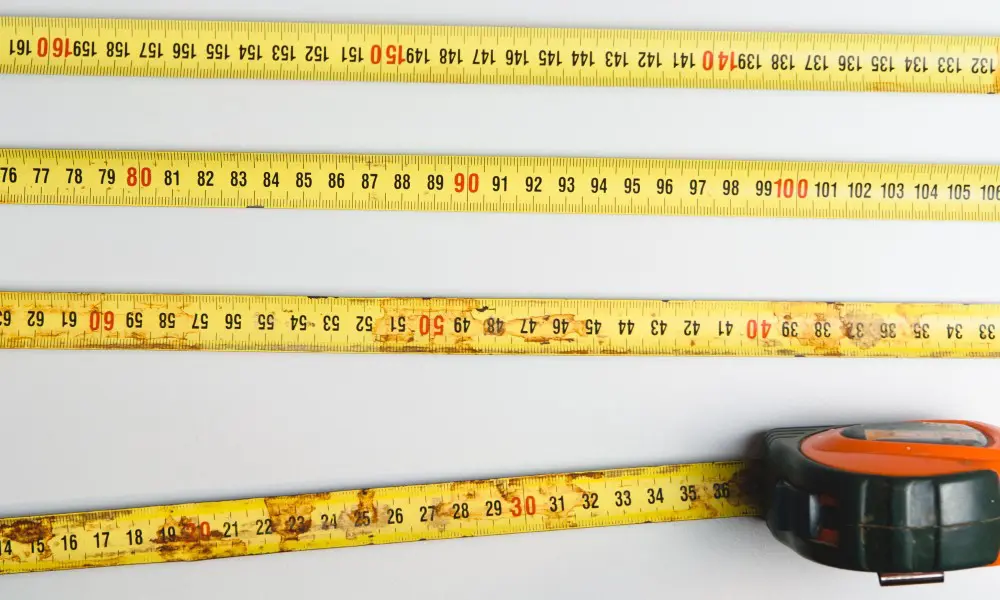
It’s nearly always better to pick an outcome-related requirement, rather than a time-related one. Why? Well, if given a certain amount of time to fill, your brain will try to cheat and find ways to fill it without having to do much work. If you set your minimum requirement to be outcome related, e.g. ‘complete one module of an online course’ instead of ‘spend 15 minutes learning to code’ or ‘write 500 words’ instead of ‘write for 30-minutes’, you’ll get more done, more efficiently, and possibly in less time than your original time goal. You can always increase the minimum requirement as you improve over time — write 1000 words a day, or complete three tasks on your development list.
Remember that we’re all human and there are only 24 hours in a day. The more chains you’re working on at a time, the less time you have to spend on each one. Don’t set minimum requirements that’ll take up more time than you can give. That’s a surefire way to end up breaking one or more of your chains, and losing motivation.
Picking your tools

The original version of this technique relies on big monthly calendars printed out and stuck to the wall, and a fat red sharpie. This works if you’re always in the same place and you like big, visual cues.
If you prefer a smaller or more portable option, you could use a diary or even a single printed sheet with each day of the year printed on it.
Or you could go completely digital. There are, of course, lots of apps and browser extensions dedicated to this that you can choose from.

Stop juggling multiple tools and spreadsheets.
Try our all-in-one project management software for free now!
Setting your boundaries

Because we live in the real world, it’s inevitable that sometimes, things will happen that will cause you not to be able to work on your goal. Whether you get the flu and can’t get out of bed for your daily run, or a well-earned vacation stops you from hitting your daily word count, that’s fine!
It can feel like ‘cheating’ if you add an X to these days, but if you think about it, both resting up from sickness or taking a mental break on vacation are both things that you need to do to be able to continue along your chain! Adam Dachis over on Lifehacker has an excellent solution: If you don’t want to add an X, then you could put ‘S’ for sick days, or ‘V’ for vacation. He allows himself the same number of sick days and vacation days as he gets for his job.
Whatever boundaries you choose, make sure they fit your schedule and lifestyle. No cheating! If you miss a day due to reasons outside of those you’ve defined, you have to start your chain from scratch (doing double the work the next day doesn’t count!).
Choosing a reward

This one’s not really necessary, but if you find yourself lacking motivation and the beautiful chain of crosses on your calendar isn’t quite doing it for you, you can choose a reward to look forward to.
What you choose is entirely up to you. It’s great if you can pick something related to your goals like a yoga retreat somewhere exotic for a yoga-related goal, or a degustation meal at a really nice restaurant after cooking for yourself every day, but it can be whatever you want! Just pick something within your means, that you’ll really enjoy, and that won’t somehow undo all of the hard work you’ve put in over the year.
How to Set Up a Chain in Zenkit
Personally, I think using a single collection to track your chains is a great way to go.
Say you’re working on three goals: fitness, cooking, and writing. You can set up a collection with a label field called ‘Goals’ with one label for each, then a ‘Status’ label field to track whether you’ve done it or not. You can then add any other fields you want — I find a ‘Notes’ field to be very helpful so you can track pull-up progress, how many miles you ran, what you cooked, a link to your writing, etc.
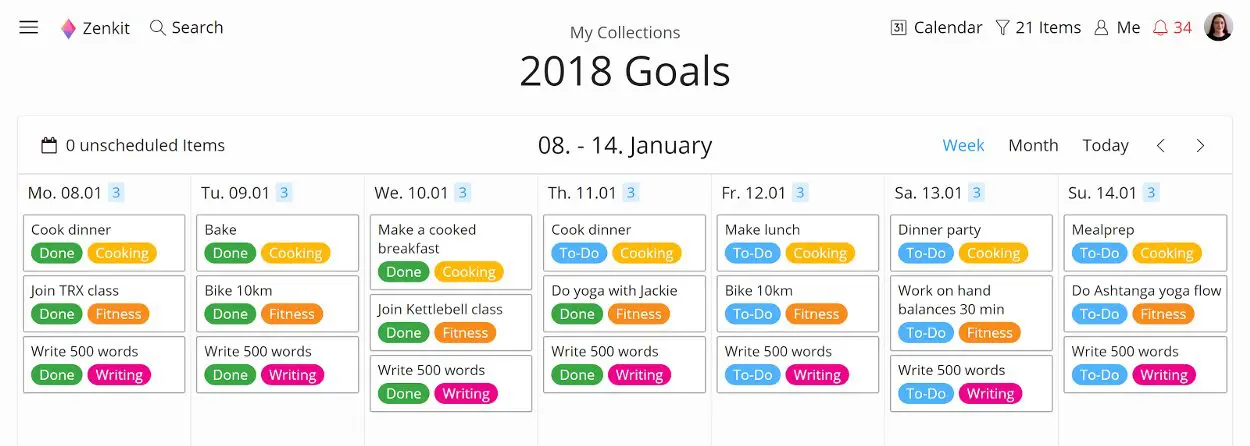
Then there are a couple of ways you can work with it:
Option 1: Set up your goals ahead of time by entering them into the calendar. You can then set reminders for each so you get a ping on your phone reminding you that you’re planning to cook dinner tonight or go for a run in the morning.
If you’ve set up the ‘task list’ add-on, you can simply check a box to mark the item as done (a satisfying digital equivalent to crossing it off a paper calendar).
If you’re using this option, make sure to choose appropriate colours for your labels so you can easily differentiate them.
Option 2: Enter whatever it is that you did each day at the end of the day so that you get the visual cue of a news item appearing on the calendar. This is great if your days (or goals) are a bit less structured than mine.
In this case, you probably wouldn’t even need the ‘Status’ label field, since the mere appearance of the item on the calendar means it’s done!

There you have it! This method is super simple but very effective. Do you practice something similar? Let us know your best tricks for keeping up motivation in the comments!
Cheers,
Siobhan and The Zenkit Team
P.S. If your chosen goal is the same every day, then one of our upcoming features may be just the thing you need…

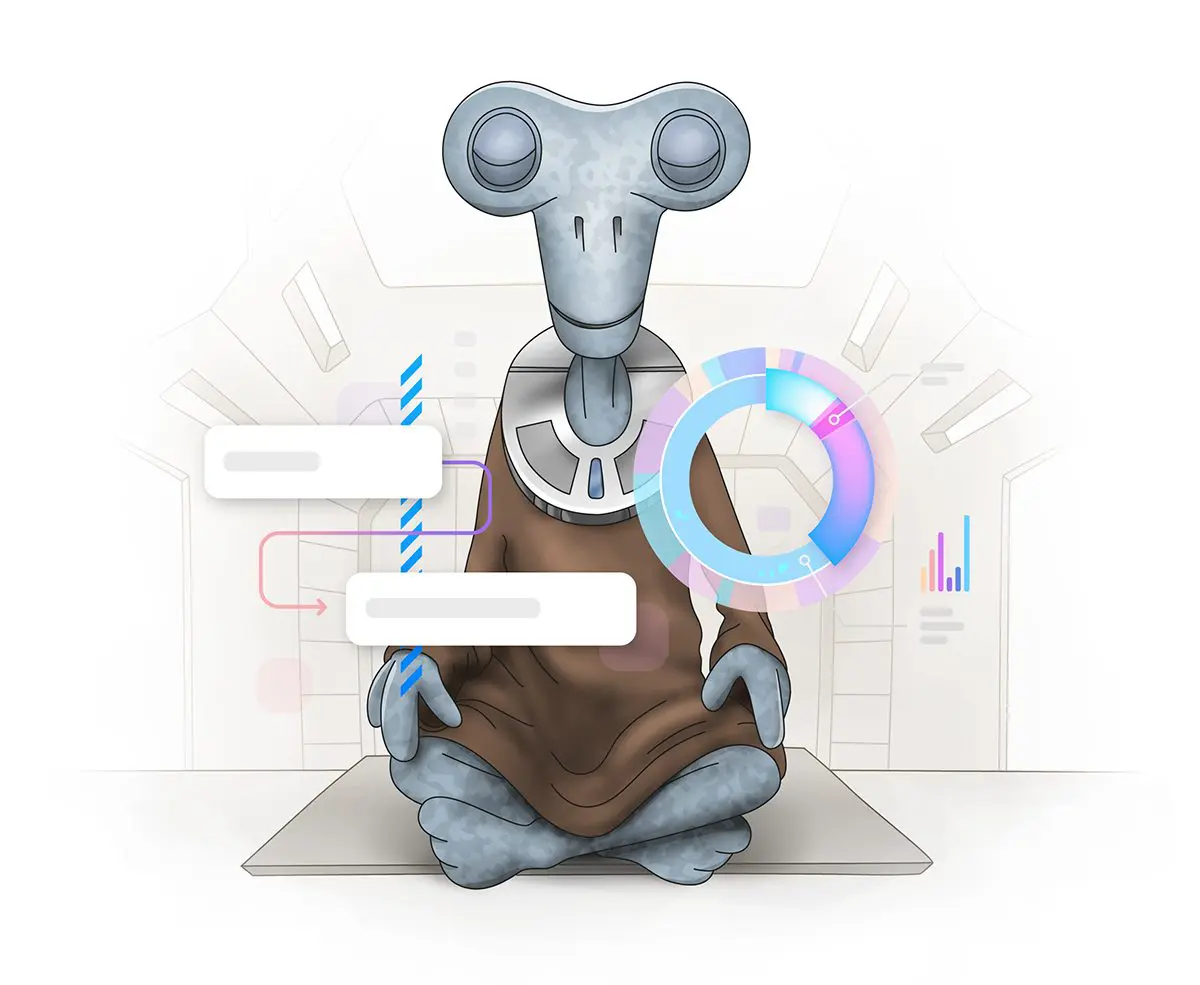
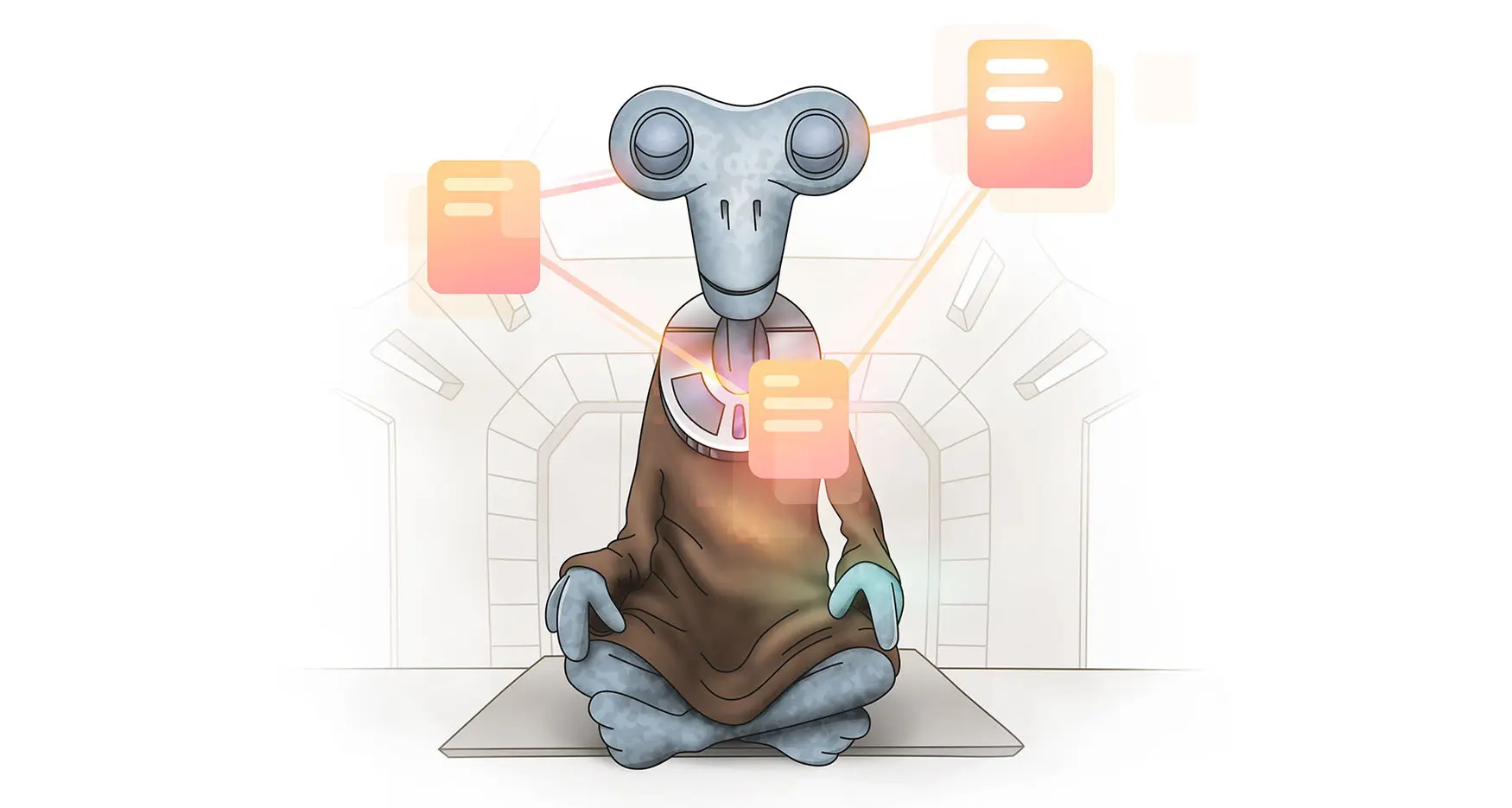
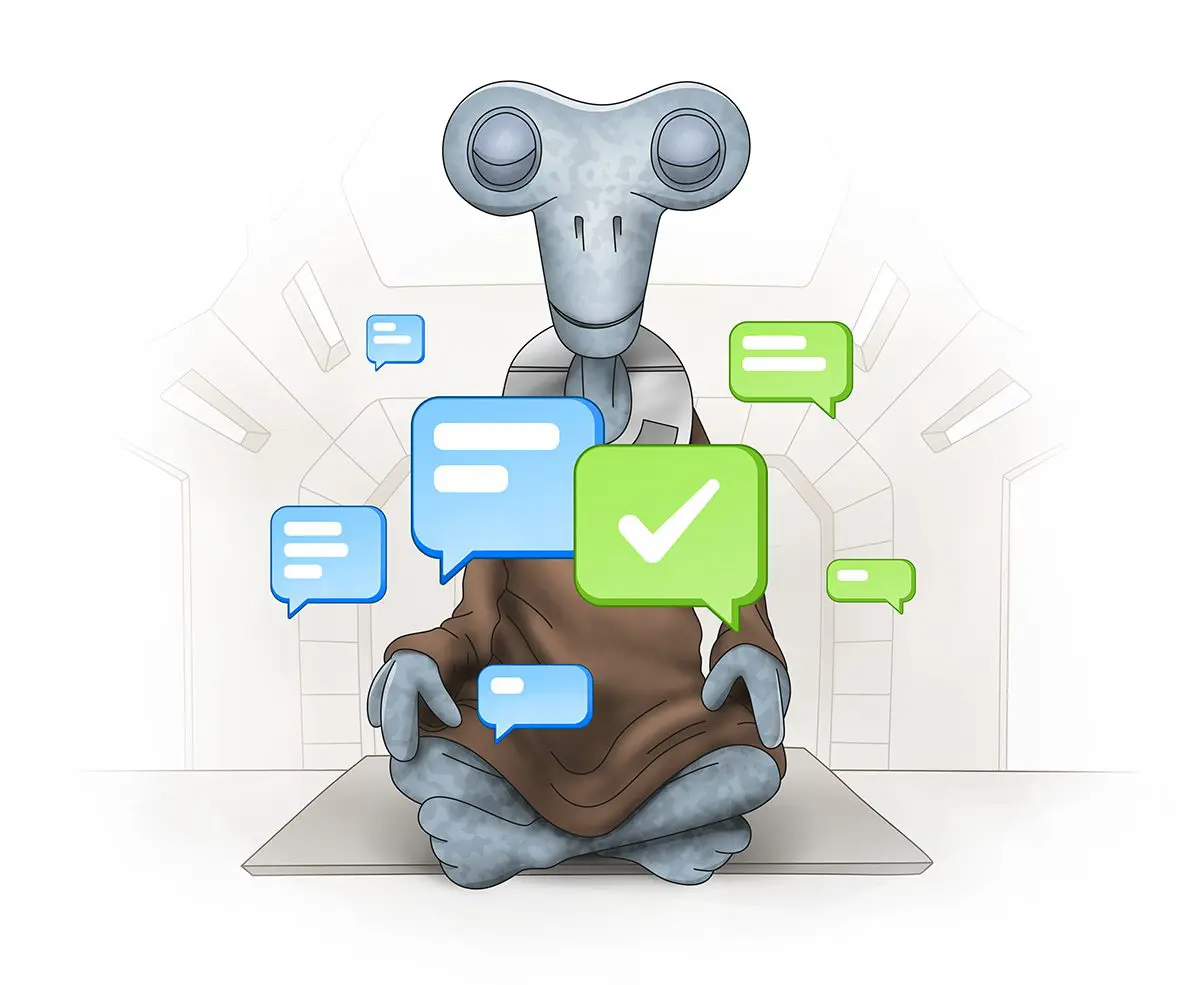

Leave a Reply